In her address to European Parliament’s Committee on Economic and Monetary Affairs, ECB President Christine Lagarde noted that the fall in October’s inflation to 2.9% was due to both “general decline” and “base effects,” with non-energy and non-food inflation continuing to moderate. However, domestic inflation, less affected by imports, remains stubbornly high, indicating inflation is now “driven more by domestic sources than by external sources”.
Lagarde highlighted that strong wage pressures are mainly a “catch-up” effect from past inflation, rather than a new, s”self-fulfilling dynamic”. She anticipates continuation of the weakening in inflationary pressures, though a slight increase in headline inflation might occur in the near term due to base effects. Yet, she expressed that medium-term inflation outlook is clouded with “considerable uncertainty.”
Regarding the broader economy, Lagarde pointed out that Eurozone activity has “stagnated” recently and is expected to “remain weak for the rest of the year,” as reflected in Q3 GDP contraction. This weakness stems from higher interest rates, reduced foreign demand, and diminishing effects from economic reopening. While manufacturing output has been declining, services sector is also weakening, and there are signs that job growth may slow down by year-end.
Despite subdued short-term outlook, Lagarde believes Eurozone economy will “strengthen again over the coming years,” driven by decreasing inflation, improved household incomes, and stronger demand for Euro area exports.
Finally, she reiterated the ECB’s commitment to maintaining policy rates at “sufficiently restrictive levels for as long as necessary,” basing future decisions on data, inflation dynamics, and the effectiveness of monetary policy transmission.
Full remarks of ECB Lagarde here.




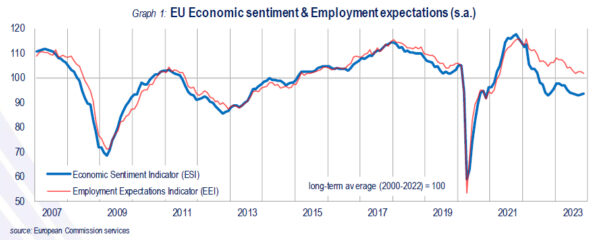
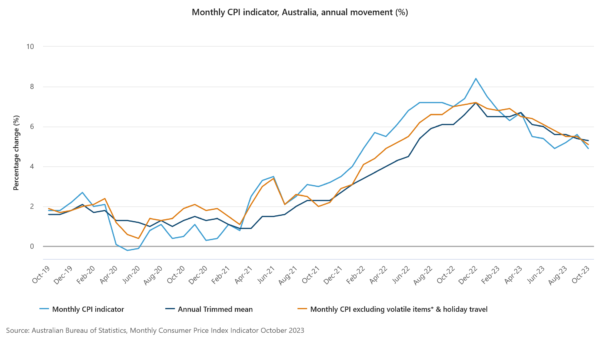
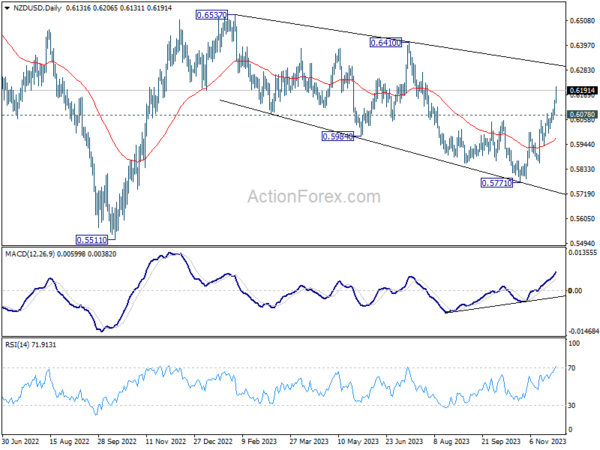

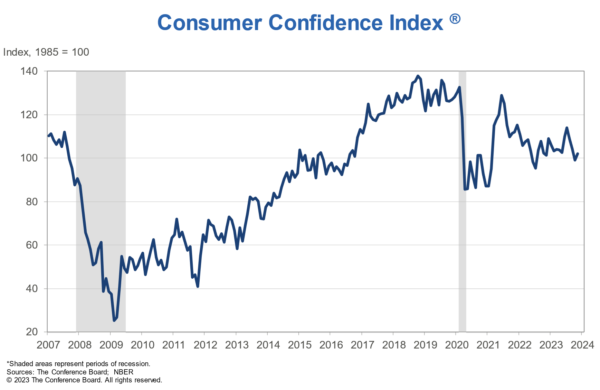
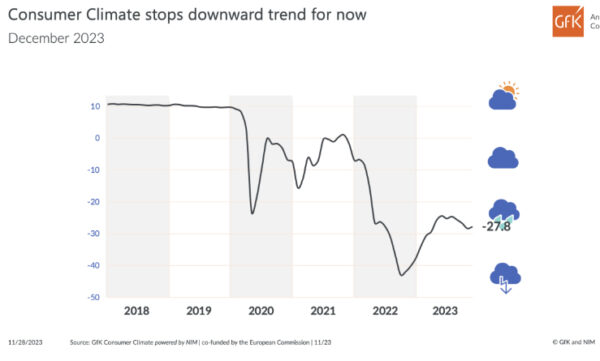
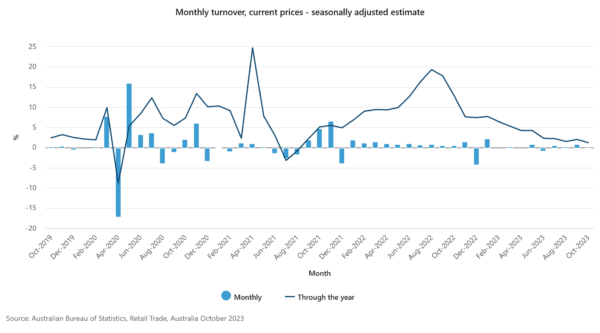
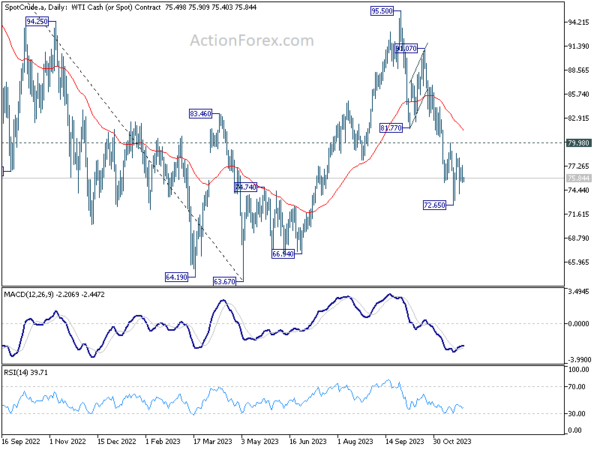

US goods trade deficit widens to USD -89.8B in Oct
US goods exports fell -1.7% mom to USD 170.8B in October. Goods imports was flat 0.0% mom at 260.7B. Goods trade deficit widened from USD -86.8B to USD -89.8B, larger than expectation of USD -86.7B.
Wholesale inventories fell -0.2% mom to USD 899.4B. Retail inventories was virtually unchanged at USD 796.6B.
Full US goods trade balance release here.